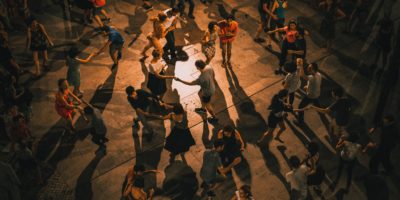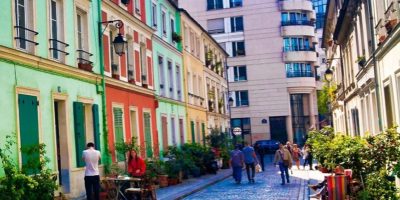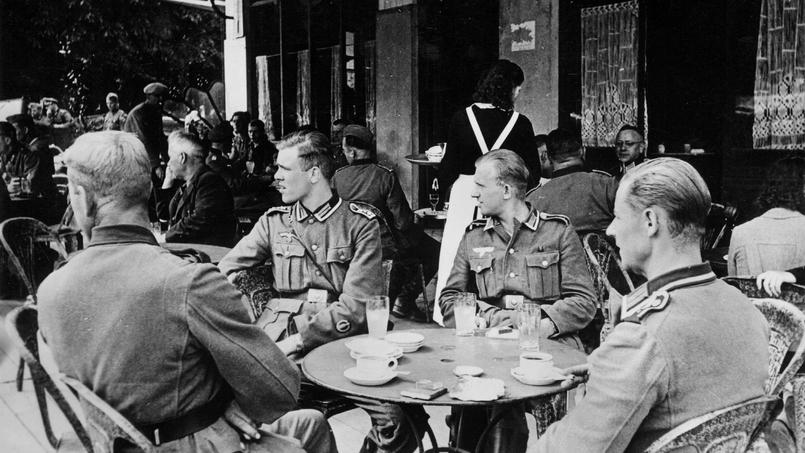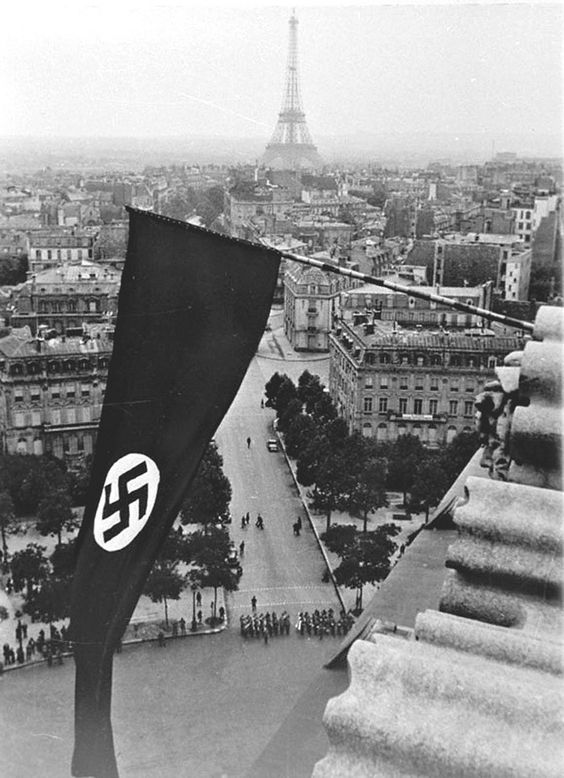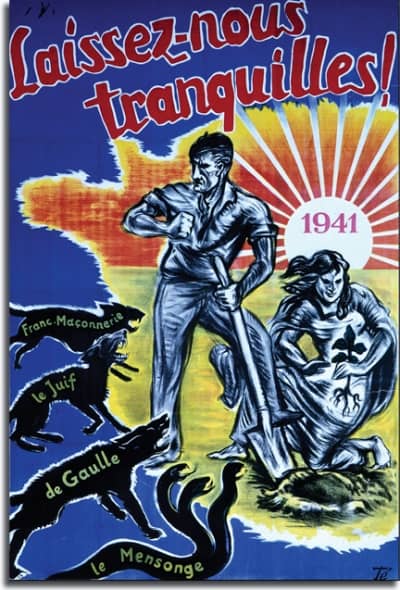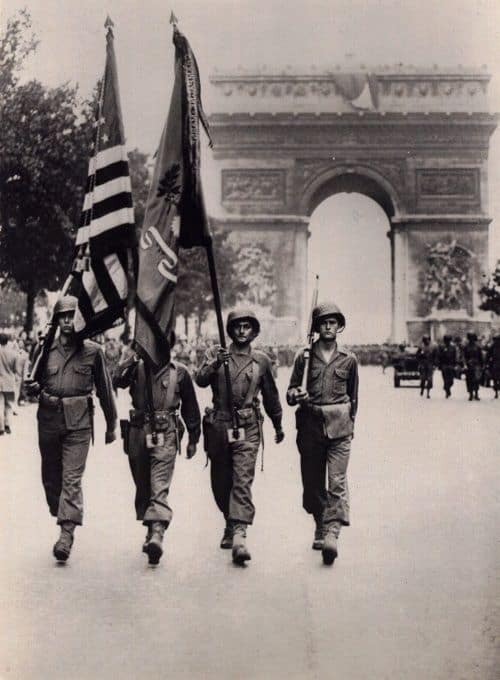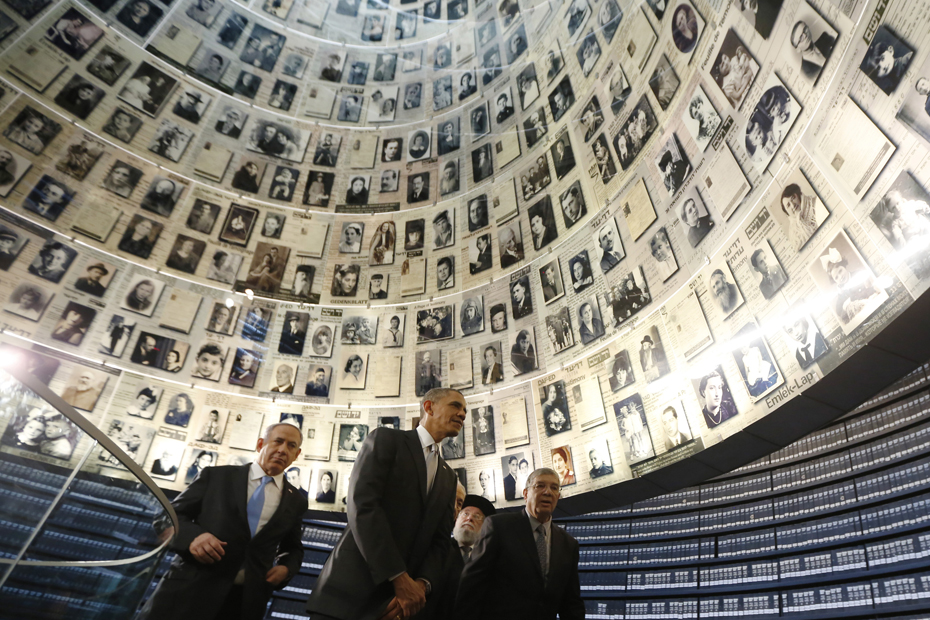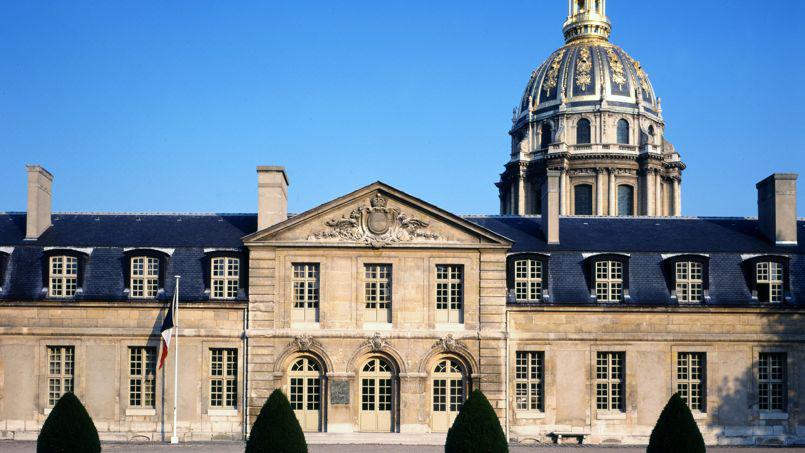World War II in Paris
I was born in Paris and I have lived here since then. Today, I come to you because I want to talk about events that are important to me even though how tragic they are. Those events translate my way of thinking upon life itself. Times might be hard sometimes but we have to stand up for ourselves, even if we’re standing alone.
We may fall, but we must never stay on the ground. So here’s a short history lesson! In a few paragraphs, I will explain what happened in Paris during World War II, how the German seized Paris, the daily life conditions of the Parisians, how little by little the Liberation got closer, and finally what happened the day Liberation actually took place. I’m proud of Paris history, so I want to share it with you!
Parisian set their watches to German time…
France along with the United Kingdom declared war to Germany the 3rd of September 1939, so Germany decided to invade France. During the previous war, Germany lost territories to France and gained bitterness instead. War with France would have happened sooner or later.
By June 12th, German tanks had broken through the main fronts and were slowly getting closer to their main goal, which was Paris. The British told France to resist at all costs but denied its request for military assistance. The British wanted to keep all their strength for their own defense in case of an attack. Above that, France clearly underestimated Germany’s military and its tactics.
France ignored Germans and the core of French forces were sent to Belgium, where the attack was expected to take place… while Germany was invading France through the Ardennes Forest.
By the 6th of June of 1940, French leaders had to surrender and Paris was declared an “open city” by General Hering, the French military governor. Allied forces and French troops withdrew. They did not want a violent battle, nor Paris to be destructed.
German troops marched into Paris and as they met no resistance at all, everything was then at the disposal of the German – museums, theaters, cheap products and goods, and much more. The 22nd of June of 1940, France signed an armistice with Germany. And the 23th of June, Hitler came to visit Paris – it was the first and the last time he’d came to our city.
German took possess of everything and even changed the time. The clock was now ticking away under German time. The German head quarters were located in Hôtel Meurice, rue de Rivoli, in front of the Tuileries Garden.
Parisian lifestyle under German Occupation
During World War II, Parisians were startled by the first food rationing. During the Occupation, they tried to survive and improve their quality of life at all costs. How did the rationing work? Parisians were given rationing cards and were classified according to their ages and food needs.
All the places were crowded, people started queuing. Moreover, during this time, it was freezing! Temperatures were astonishingly low, people were even skiing down the street slopes of Montmartre! So as you can guess coal was precious and much needed, but could only be found on the black market… No meat was provided, few bread was given, food with low nutritional value was part of Parisians diet.
Every Parisian had to invoke at least once to the black market so that they could cover their necessities. Getting around Paris was a nightmare! Buses were so crowded, one could hardly breathe. So people used mostly to take the subway or ride a bike. And, of course, to travel by car was reserved for the lucky ones or the ones favored by the German.
But life actually went on. Parisians wanted to have fun despite the circumstances. It was so cold inside the houses, it was much better to go out and take walks around Paris than staying at home! Also, more babies were born! Maybe because couples preferred to warm each other in bed! And, during the Occupation, the French cinematographic industry actually prospered, more movies were made. The cinema was, at that time, a warm and entertaining meeting point. Parisians loved (and still do) going to the movies. It was a get-away moment from the not-so-fancy daily life!
Resistance fighters and their daily struggle for freedom…
The militia, a policing and internal security organization, created by the French State, committed itself to the Gestapo in the fight against the Jewish, the communists, and the resistance fighters, delivering them to the enemy.
A hateful propaganda quickly spread in Paris. It attacked Communism, Judaism, and the Allies. At the same time, the Resistance is more present and active than ever! It played a very important role in the Liberation of Paris! There were two kinds of Resistance fighters: those who provide information and insights to the Resistance network and those who directly fought the enemy.
Not only the German propaganda but also the French one made Resistance fighters seem like “terrorists”. So, it meant that turning them was a civic duty that could be rewarded with money. Many Resistance fighters were betrayed and were victims of the Gestapo. They were taken to Gestapo’s offices located at Rue de la Pompe and Boulevard Victor, where they were tortured and then shot to death.
Liberation is in the air!
By mid-August, the Allied control over the northwestern France allowed them to penetrate relatively quick the territory. At the same time, Soviet troops were invading Germany’s eastern border. So Hitler had no other choice but to order German troops to leave southern France and Paris.
From the 19th to the 25th of August of 1944, the uprising of the Parisians, ordered by Colonel Rol Tanguy and De Gaulle‘s emissaries, took place in the capital. It opened the way for the Allies to enter Paris. The police, the subway, postal services and telecommunications went on strike. Barricades were up all around Paris.
At the same time, American, British, Senegalese, Canadian troops joined forces taking back several French cities and important locations to give them back to France. Welcomed cheerfully by the Parisians who fought during many days the German occupiers, the French Second Armoured Division tanks, under General Leclerc command, came to Paris – the first Allied force to come into the city. That was when German troops surrendered.
Liberation time!
The 25th of August, all remaining German troops had already evacuated Paris or had been detained. So the German had no other choice but to surrender. General Dietrich von Choltitz signed the surrender at Montparnasse station where General Leclerc and Colonel Rol Tanguy were present.
The same day, in the Hôtel de Ville, General Charles de Gaulle adressed the French and said “I wish simply from the bottom of my heart to say to you: Vive Paris!”. He also said this quote that will echo forever in the hearts and History of France ”We are here in Paris – Paris which stood erect and rose in order to free herself. Paris oppressed, downtrodden and martyred but still Paris – free now, freed by the hands of Frenchmen, the capital of Fighting France, France the great eternal.“.
Later that day, French and Allied troops triumphantly marched together down the Champs Elysées, under the cheers and applauses of the Parisians.
Nowadays, every 25th of August, Paris celebrate its liberation!
Now that you know a little more of Paris history and the conditions Parisians had to live through during World War II, I highly recommend to visit a place of memory and history because it is a peculiar and pretty meaningful experience. It allows you to really understand historical events. You can actually picture where our ancestors – the people who made us what we are today – have been, and what they’ve been through. See the places that witnessed our past. Know Paris History as objectively as possible, following some of our suggestions of places related to World War II in Paris:
The last place they “lived in” before death: La cité de la Muette
The Nazis requisitioned La cité de la Muette and turned it into a camp for prisoners of war. From 1941 to 1944, La cité de la Muette became a concentration camp where men, women, children and the elderly were gathered, mainly Jewish and Communists, before they were taken to death camps.
The place of death: Le Mont Valérien
The Mont Valérien is a fortress located in western Paris suburb, overlooking the Bois de Boulogne. This fortress was used by the Nazi occupiers as a prison and place of executions, where Many Resistance fighters and hostages were brought in and then all killed in a clearing.
General de Gaulle inaugurated, the 18th of June of 1960, the Mémorial de la France Combattante (in english, “Memorial of Fighting France”) to pay tribute to all the dead during the World War II, commemorating members of the French armed forces, the colonies, and members of the Resistance.
The deportation in France: Bobigny Station
From 1943 to 1944, the station was the place of departure for Jewish to their last days of their lives. Jewish were deported from France to Auschwitz-Birkenau. Many were executed as soon as they landed. It is now open to public and hosts an exhibition.
Meet two of the men that led the nation towards freedom: Musée du général Leclerc de Hauteclocque et de la Libération de Paris – Musée Jean Moulin
The museum is dedicated to two very important men: General Leclerc, an important figure of the French forces, and Jean Moulin, the symbol of the Resistance. Find out more about their actions and their history during the World War II. You will also get the chance to see unique pieces and audiovisual archives of the greatest moment of the Capital history, the Liberation of Paris.
Witness the Jewish Persecutio at: Center of Contemporary Jewish Documentation – Centre de Documentation Juive Contemporaine
The Center of Contemporary Jewish Documentation includes the Mémorial du Martyr Juif Inconnu in 1956, and the Mémorial de la Shoah in 2005 in Le Marais. It shows us how the Jewish were persectued during the war. It was founded thanks to the creation of archivals collections of all the proofs of the Jewish persecution that could be found throughout the years.
Everything started the 28th of April in 1943, while France was occupied by the Nazis, Isaac Schneersohn brought together a clandestine network of activists of the Jewish community in his apartment in Grenoble so they gather all the documents and files that would report what their community have been through.
Isaac Schneersohn was actually collected all the needed proofs that would give birth to the international criminal justice at the Nuremberg trials for the prosecution of Nazi leaders.
Pay tribute to those who fought Nazi oppression at: Musée de l’Ordre de la Libération
This museum was founded by Charles de Gaulle in 1967, and is located within the Invalides. As you walk through the museum, you will see unique and exclusive pieces, such as the uniforms and clothes of the people who set France free again. The museum is dedicated to the Resistance fighters, France armed forces, and to all those who died fighting Nazi oppression.
Meet the leader at: Army Museum – Musée de l’Armée
At the Invalides, the Army Museum opened the “Historial Charles de Gaulle” in June of 2000, an exceptional audiovisual show about the commander and leader of the Free French forces during WWII, founder of the 5th Republic, and the president of France from 1958 to 1969. Within the “Historial Charles de Gaulle”, you will have the opportunity to explore and understand all the stages of his fight against Nazi Germany, from 1940 to 1945.
Voilà, our little History lesson is over! You know Paris is a monument itself. Historical references are spread all over Paris, from street names to metro station names. And if you manage to visit the places I’ve mentioned, you will go back home richer than you came to Paris. Richer because you will discover the history of Paris and Parisians. You will understand the historical events that influenced the course of history, not just for France but for every nation!
And if you plan to visit Paris and you want to see what WWII all meant for the man in the street in Paris, you can join our new WWII Paris Guided Tour. This 2.5-hour private tour will review this part of history and we end the tour where WWII ended for Paris: on the Champs Elysées.
>> Interested in French history? You can read these articles:
- Ten Famous French Queens
- 10 Famous French Kings
- Top 5 fun facts about the French Revolution
- Read more about our World War II Guided Tour in Paris
Thank you for reading!
Planning a trip to Paris ? Get ready !
These are Amazon’s best-selling travel products that you may need for coming to Paris.
Bookstore
- The best travel book : Rick Steves – Paris 2023 – Learn more here
- Fodor’s Paris 2024 – Learn more here
Travel Gear
- Venture Pal Lightweight Backpack – Learn more here
- Samsonite Winfield 2 28″ Luggage – Learn more here
- Swig Savvy’s Stainless Steel Insulated Water Bottle – Learn more here
Check Amazon’s best-seller list for the most popular travel accessories. We sometimes read this list just to find out what new travel products people are buying.



